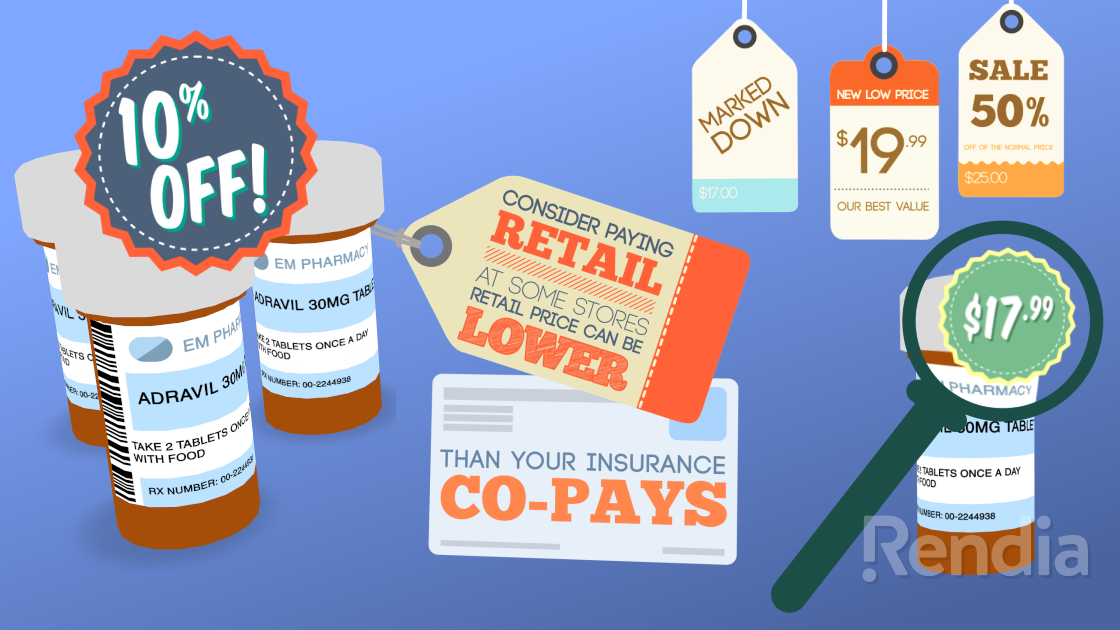Why being open about health care costs benefits patients – and your practice
The cost of health care is expected to rise by more than 85 percent over the next 20 years, according to the Robert Wood Johnson Foundation (RWJF). And patients are bearing more of the burden: out-of-pocket health care costs rose 225 percent from 2006 to 2016 – three times faster than wage increases.
Even insured patients struggle to pay for medical care, and may even forgo it due to cost concerns. Surveys by the Kaiser Family Foundation found that a quarter of the public (27 percent) reported delaying getting health care they needed in the past year due to costs, and nearly as many say they skipped a recommended medical test or treatment (23 percent) or did not fill a prescription (21 percent).
Part of the issue is the wide range of health care costs. Hearing aids, which are not covered by most insurance, can range in price by hundreds of dollars. The same goes for LASIK. Unlike shopping for a car or a cell phone, consumers can’t easily find solid price information for elective surgery online.
Lowering health care costs benefits everyone, because if patients cannot afford care, they will not access it. Is price transparency the answer?
Price disparities spark debate
On a basic health care plan under the Patient Protection and Affordable Care Act (ACA), a patient could pay anywhere between $458 or $56,000 for an appendectomy, noted the Milken Institute School of Public Health at The George Washington University (GW).
Under basic ACA health plans, a patient could pay anywhere between $458 or $56,000 for an appendectomy.
LASIK surgery, not covered by most insurance plans, ranges in cost from less than $1,000 per eye to more than $3,000, with the average price being $2,135 per eye in 2017, according to AllAboutVision.com.
These huge price disparities have sparked much debate and discussion about the importance of price transparency in health care. “Slowing the growth of health care costs is critical to the long-term fiscal stability of the United States,” stated an article in the New England Journal of Medicine, which reported that more than 30 states were considering or pursuing legislation to increase price transparency as of 2011.
Proponents maintain that publishing the prices that providers charge or those that a patient would pay for medical care would lower prices overall.
Challenges of price transparency
Of course, the cost of a particular medical procedure is determined by many different factors. “Some areas have higher operating expenses, such as in New York City versus North Dakota. Sometimes, the same medical procedure can be conducted in a different, more expensive way by using high-tech equipment or newer, more expensive drugs,” noted GW.
Geographic location and the technology used can affect the cost of medical procedures.
For instance, “if you choose bladeless LASIK, where the corneal flap is created with a femtosecond laser instead of a microkeratome, expect to pay at least a couple hundred dollars more (per eye) than the average prices,” noted AllAboutVision.com. “The same is true if you choose custom LASIK that employs wavefront technology for the most precise vision correction possible.”
What doctors can do – and why you should care
Perhaps there are some doctors who would shrug off patients who can’t afford elective procedures, knowing there’s a long list of patients who can ready to take their place. And some doctors might feel that publishing health care costs won’t change anything, and might even make them vulnerable to competitors. But it’s important to recognize the impact price transparency has on patient satisfaction.
Surveys find nine in 10 patients will change providers if not completely satisfied; a top priority is advance knowledge of treatment costs.
With more health care costs being shifted to patients, they are expecting more from their providers, reported Medical Economics. Not treating patients the way they want to be treated can cost a practice patients – and revenue. A recent survey found that nine in 10 consumers will change providers if not completely satisfied. The survey also identified patients’ top priorities: the top two were shorter wait times (50 percent) and advance knowledge of treatment costs (49 percent).
“Frequently, consumers first see their bill when it arrives after the procedure, which may leave them feeling taken advantage of. This has the effect of eroding trust in the health care system as a whole,” noted GW.
This can be improved with better communication. For instance, “practices can add a message in the appointment reminder that insurance will only cover a portion of the visit and they should be prepared to cover their out-of-pocket expenses,” stated the Medical Economics article. “It may not even be a specific amount, but even just addressing it and getting the patient mentally prepared can go a long way.”
Rendia customers can also make a customized playlist showing certain procedures and typical costs that can be emailed to patients or viewed in the office, rather than posted on your website for all to see. You can also give patients tips on ways to save on health care costs, such as this video on comparing prescription drug prices.
There really is no downside to helping patients understand and afford their health care costs.
For more information on patient satisfaction, subscribe to our newsletter!
And for a demo of how Rendia could work in your practice, contact us today.


